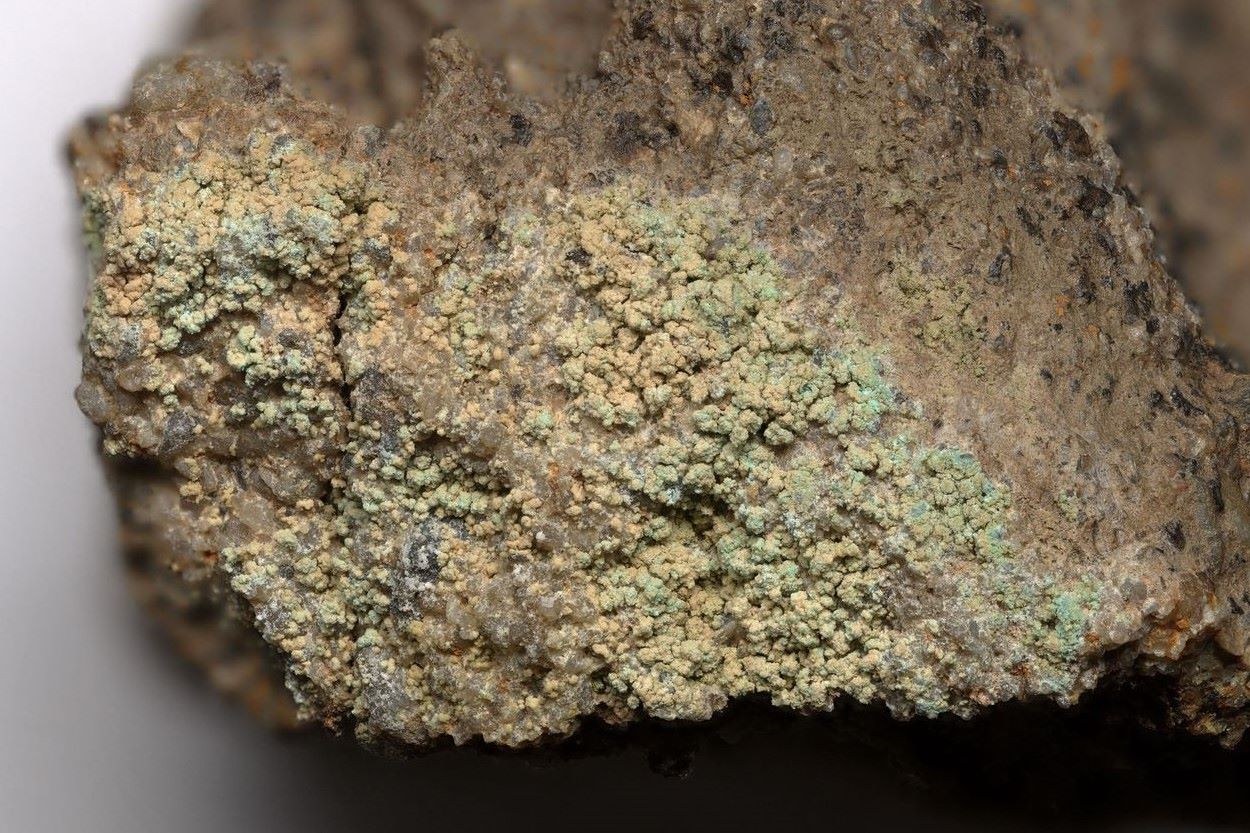
What is Moolooite? Moolooite is a rare copper oxalate mineral first discovered in Western Australia. Named after the Mooloo Downs Station where it was found, this mineral stands out due to its unique composition and striking blue-green color. Why is Moolooite important? Its rarity and distinct chemical structure make it a subject of interest for mineralogists and collectors alike. Where can you find Moolooite? Besides its original discovery site, it has been identified in a few other locations worldwide, though it remains scarce. How is Moolooite formed? This mineral typically forms in the oxidation zones of copper deposits, often in association with other secondary copper minerals. Why should you care? Understanding Moolooite can offer insights into geological processes and the fascinating diversity of minerals on our planet.
Key Takeaways:
- Moolooite is a rare, blue-green mineral found in Australia and other parts of the world. It has unique properties and is primarily of interest to mineral collectors and scientists studying geochemical processes.
- Moolooite's formation involves the interaction of copper-rich solutions with organic material, making it a fascinating subject for understanding environmental impact and developing copper extraction techniques.
What is Moolooite?
Moolooite is a rare mineral that intrigues both geologists and mineral enthusiasts. Its unique properties and origins make it a fascinating subject of study.
- Moolooite is a copper oxalate mineral with the chemical formula Cu(C2O4)·nH2O.
- It was first discovered in 1986 in the Mooloo Downs Station, Western Australia, which is how it got its name.
- The mineral typically forms in the oxidation zones of copper deposits.
- Moolooite is often found in association with other minerals like malachite, azurite, and brochantite.
- It usually appears as tiny, blue-green crystals that can be difficult to spot without a microscope.
Physical Properties of Moolooite
Understanding the physical properties of Moolooite helps in identifying and studying this rare mineral.
- Moolooite has a monoclinic crystal system, meaning its crystal structure is asymmetrical.
- The mineral has a Mohs hardness of about 2.5, making it relatively soft.
- It has a vitreous to dull luster, giving it a glassy or slightly matte appearance.
- Moolooite's specific gravity ranges between 2.6 and 2.7, which is considered light for a mineral.
- The color of Moolooite can vary from pale blue to greenish-blue, depending on its hydration state.
Chemical Composition and Formation
The chemical makeup and formation process of Moolooite are as intriguing as its physical characteristics.
- Moolooite is composed of copper, carbon, oxygen, and hydrogen.
- It forms through the interaction of copper-rich solutions with organic material, leading to the precipitation of copper oxalate.
- The mineral can form in both natural and anthropogenic environments, such as mine dumps.
- Moolooite is often found in arid regions where copper deposits are exposed to weathering.
- The presence of organic acids, like oxalic acid, is crucial for the formation of Moolooite.
Uses and Applications
Though rare, Moolooite has some interesting applications and uses.
- Moolooite is primarily of interest to mineral collectors due to its rarity and unique properties.
- It can be used in scientific research to understand the geochemical processes involving copper and organic acids.
- The study of Moolooite can provide insights into the environmental impact of mining activities.
- Moolooite's formation process can help in the development of bioleaching techniques for copper extraction.
- The mineral can also serve as a natural indicator of copper-rich environments.
Interesting Facts about Moolooite
Here are some lesser-known but fascinating facts about Moolooite.
- Moolooite is one of the few minerals that contain oxalate, a compound more commonly found in biological systems.
- The mineral's discovery in Australia was somewhat accidental, occurring during a routine mineral survey.
- Moolooite is so rare that only a handful of specimens exist in mineral collections worldwide.
- The mineral's name, Moolooite, is derived from the Aboriginal word "Mooloo," meaning "place of many waters."
- Moolooite can sometimes be mistaken for other blue-green copper minerals, making accurate identification challenging.
Where to Find Moolooite
Locating Moolooite can be a treasure hunt for mineral enthusiasts.
- The primary locality for Moolooite is the Mooloo Downs Station in Western Australia.
- Small quantities have also been found in other parts of Australia, including New South Wales and Queensland.
- Outside Australia, Moolooite has been reported in Chile and the United States.
- The mineral is often found in old mine dumps, where copper-rich rocks have been exposed to weathering.
- Collectors often rely on detailed geological maps and local knowledge to find potential Moolooite sites.
The Fascination of Moolooite
Moolooite, a rare copper oxalate mineral, captivates with its unique properties and striking appearance. Found primarily in Western Australia, this mineral's vibrant blue-green hue and crystal structure make it a standout in the mineral world. Its formation process, involving the interaction of copper with organic acids, adds to its allure and scientific interest.
Collectors and geologists alike treasure moolooite for its rarity and beauty. Its presence in copper-rich environments highlights the intricate and often surprising ways minerals form and evolve. Whether you're a seasoned mineral enthusiast or just starting your collection, moolooite offers a glimpse into the fascinating world of geology.
Understanding moolooite not only enriches our knowledge of minerals but also underscores the complexity and wonder of Earth's natural processes. Keep exploring, and who knows what other hidden gems you might uncover in the world of minerals!
Frequently Asked Questions
Was this page helpful?
Our commitment to delivering trustworthy and engaging content is at the heart of what we do. Each fact on our site is contributed by real users like you, bringing a wealth of diverse insights and information. To ensure the highest standards of accuracy and reliability, our dedicated editors meticulously review each submission. This process guarantees that the facts we share are not only fascinating but also credible. Trust in our commitment to quality and authenticity as you explore and learn with us.
